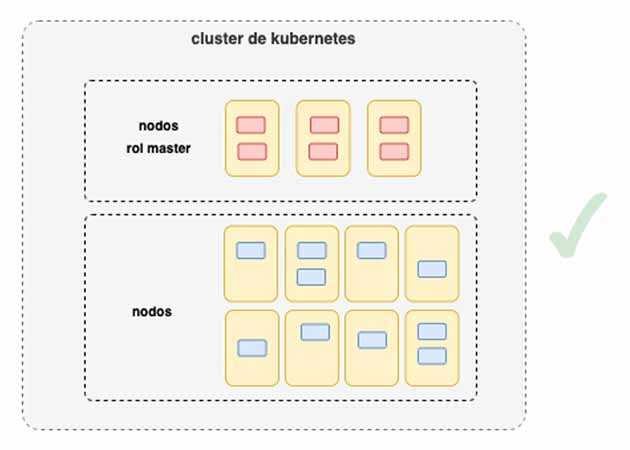Necessary prior knowledge
- Have intermediate knowledge of Docker.
- Be familiar with the basic knowledge of Linux systems, but you don’t need to be an expert.
- Have basic knowledge to work with text editors like
viorvim, but if you don’t know them you can use alternatives likenano.
Content of the book
Get to know the pieces that make up the book. Together they make up the right environment for learning Kubernetes quickly.
Local work environment
The work environment is developed on the reader’s personal computer. This avoids having infrastructure costs during learning. The necessary systems for the start-up of the cluster are: VirtualBox and Vagrant. The Kubernetes installation is done using Kubeadm.
The repository used to create the Kubernetes cluster is located at GitHub.
Chapters sorted by Kubernetes objects
The chapters in the book are structured principally by Kubernetes objects. Each object corresponds to a new concept and is aimed at solving a need. The order in which these objects are studied is important because the complexity between them varies and you should go from the simplest to the most complex.
Images to support the concepts
During the learning process it is necessary to appropriate new concepts as quickly as possible. To guarantee this speed, images have been included in each chapter that support the idea to be transmitted. For example:

Practical exercises in the Terminal
Each chapter includes multiple practical examples associated with the developed concept. The source code for all exercises is at GitHub.





